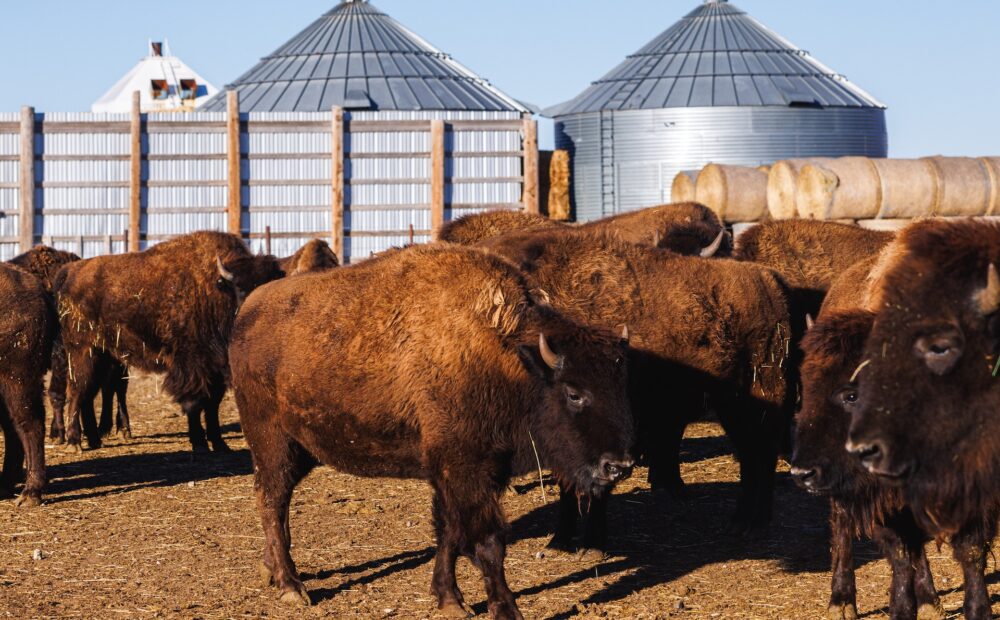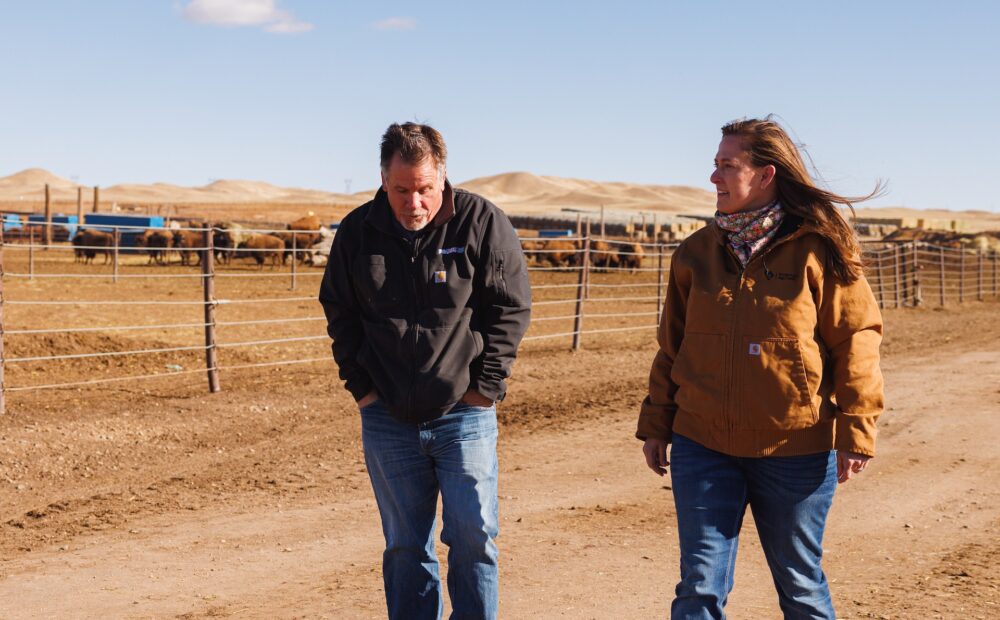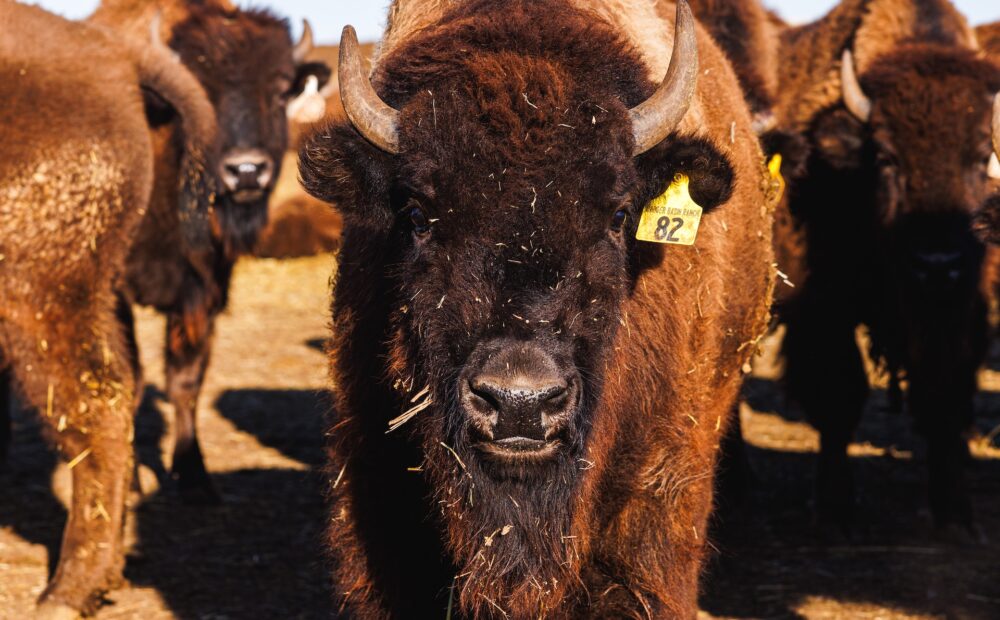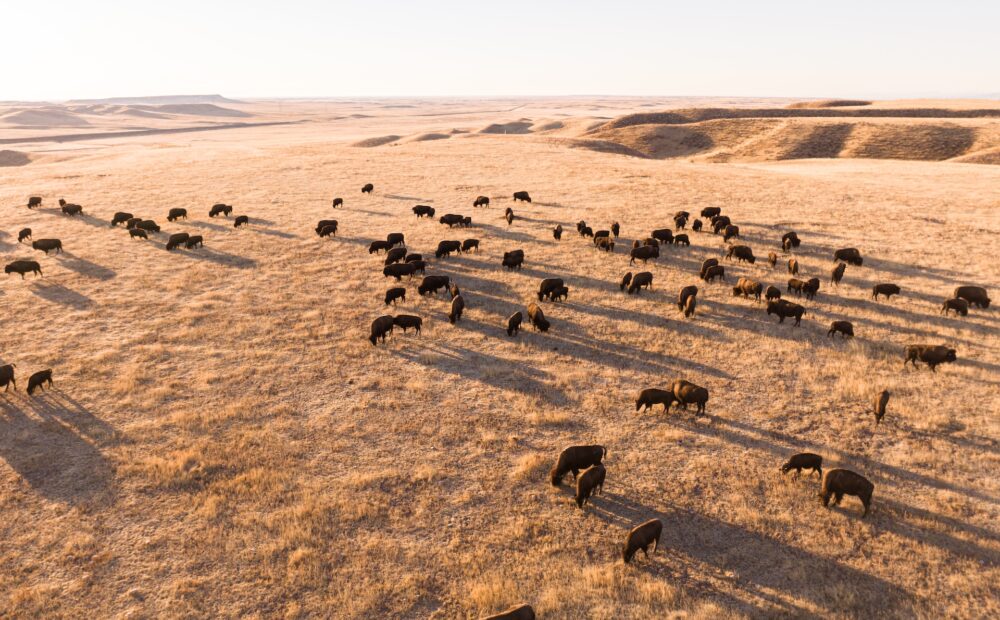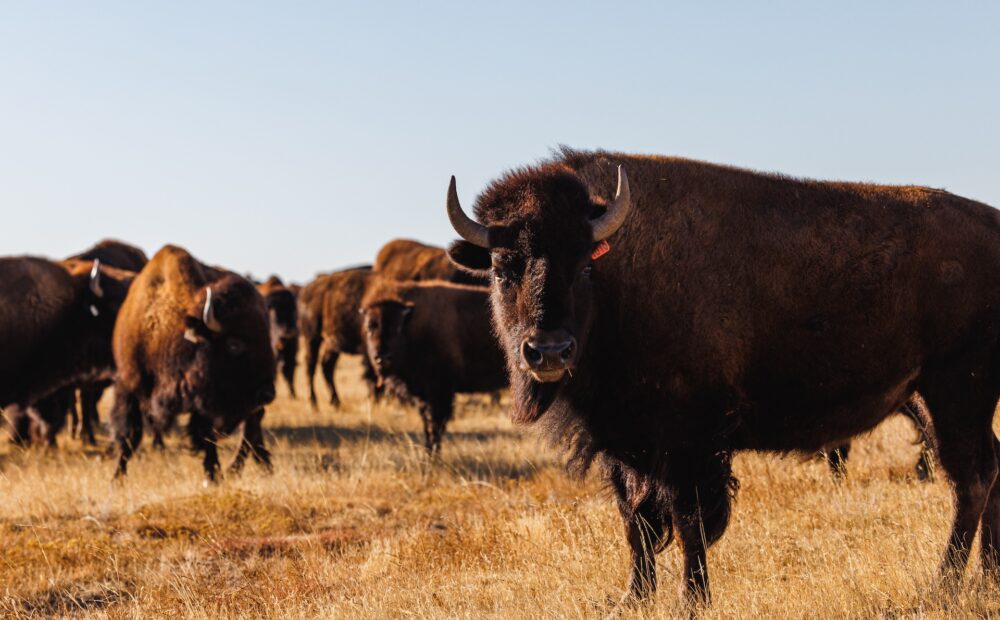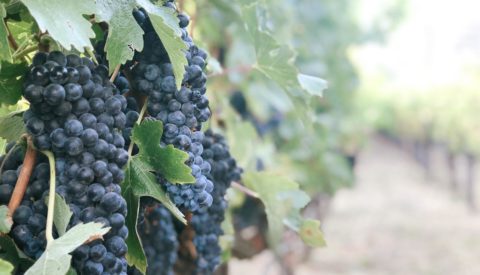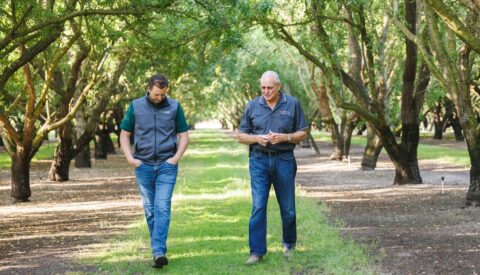When Boyd Meyer, a rancher who’s been in the cattle business for 30 years, walked into Denver’s Western Stock Show in 2002, he had no intention of becoming a bison rancher. He’d dabbled in the bison market back in the 1990s and quit when bison prices skyrocketed. But years later at that Denver stock show, Boyd saw the majesty of the animal — and opportunity.
“There’s margin in the bison business but not a lot of people in bison,” noted Boyd.
Prices looked favorable, so Boyd grasped the opportunity, walked away from the auction with 180 head of bison instead of cattle — and the rest is history.
A worthwhile learning curve
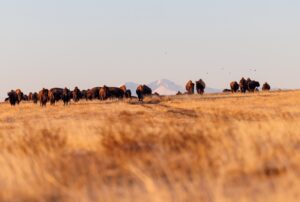 Today on the Colorado border near Cheyenne, Wyoming, Boyd runs Cold Creek Buffalo Company, a bison operation with over 27,000 acres, around 750 bison, and a feed yard.
Today on the Colorado border near Cheyenne, Wyoming, Boyd runs Cold Creek Buffalo Company, a bison operation with over 27,000 acres, around 750 bison, and a feed yard.
“To transition to bison, we tweaked our approach a little. I came in with kind of a cattle model, and then we evolved it over the last 20 years to what we feel like is working well. We get about as good a performance out of the bison of anybody in the country,” noted Boyd — quite humbly as the second largest bison operator in the nation.
Boyd explained that bison are much more self-sufficient than cattle, shaped by the rugged rangeland the bison, and Boyd, call home.
“It’s pretty extreme conditions out here,” Boyd laughed. “We have to really love this.”
Hundreds of years ago, wild bison populated the region, thriving in the cold, dry air, well adept at weathering the wind, and accustomed to scavenging for food in the winter. Today, that resilience allows for lower feed costs and higher margin.
According to Boyd, bison will wander more into rougher terrain, and they will move further away from water, which is a strength. Even with tougher grass due to the area’s low rainfall — which averaged 12 inches over the last 15 years — the bison will still put on pounds when Boyd provides additional feed.
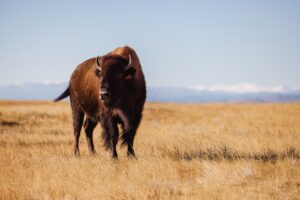 Cold Creek Buffalo Company DNA tests their bison to breed for maximum performance. The goal isn’t to turn them into cattle. Instead, they’re creating an animal that functions well on the range and continues to take care of itself while growing, increasing in size, and driving profits.
Cold Creek Buffalo Company DNA tests their bison to breed for maximum performance. The goal isn’t to turn them into cattle. Instead, they’re creating an animal that functions well on the range and continues to take care of itself while growing, increasing in size, and driving profits.
Because bison are a niche market, not a lot of people are involved in the bison business, or understand how to maximize profitability. Boyd’s four sons are all involved in the bison operation, helping ensure future success of the business.
“It’s been good to have the kids grow up in it and get an understanding of how to deal with bison. They really know how to handle it,” noted Boyd. “We’re constantly learning, but it keeps you going.”
A restorative endeavor
Another key aspect for the future of bison is restoration. Back in the late 1800s and early 1900s, the bison population was down to about 1,000, according to Boyd. Today — largely thanks to private operations like Cold Creek Buffalo Company — the population is up to about 500,000 or 600,000 bison.
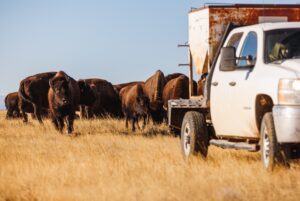 “I think a big part of the restoration of bison has been because of the private ranchers. We take pride in that,” reflected Boyd. “When you take care of your bison, they’ll take care of you. And that’s the way we approach it.”
“I think a big part of the restoration of bison has been because of the private ranchers. We take pride in that,” reflected Boyd. “When you take care of your bison, they’ll take care of you. And that’s the way we approach it.”
Boyd and his sons plan to continue to do just that, caring for their bison and growing their future.
“You know, we’ve been on this ranch for about 18 years and hopefully we’re here for another 18,” said Boyd.
A relationship built on trust
Finding a finance partner to support his bison operation wasn’t the easiest however — until he met Pat Stratton, an American AgCredit relationship manager with bison experience. They formed a relationship that started small, and 10 years later, there’s trust in the relationship that has supported the evolution and expansion of Boyd’s business.
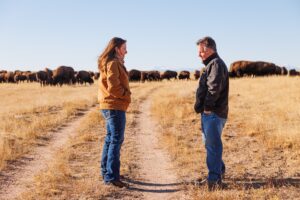 “They trust that I kind of know what I’m doing,” said Boyd. “There’s not a lot of banks around that want to deal with bison because they don’t understand the industry, I can’t even think of another bank that’s going to be as competitive and understand your program the way they do. I mean, they’re an ag based bank and that’s what they do.”
“They trust that I kind of know what I’m doing,” said Boyd. “There’s not a lot of banks around that want to deal with bison because they don’t understand the industry, I can’t even think of another bank that’s going to be as competitive and understand your program the way they do. I mean, they’re an ag based bank and that’s what they do.”
For relationship manager Victoria Conklin, who began supporting Boyd’s account after his previous relationship manager’s retirement, it’s been exciting to get to partner with Boyd in his unique operation.
“It is our sole purpose to finance agriculture, and bison is certainly a part of that. And so, it was without reservation or hesitation that we wanted to be a part of that—both in good times and in bad. American AgCredit is here for our customers, and that’s really important to us,” said Victoria.

